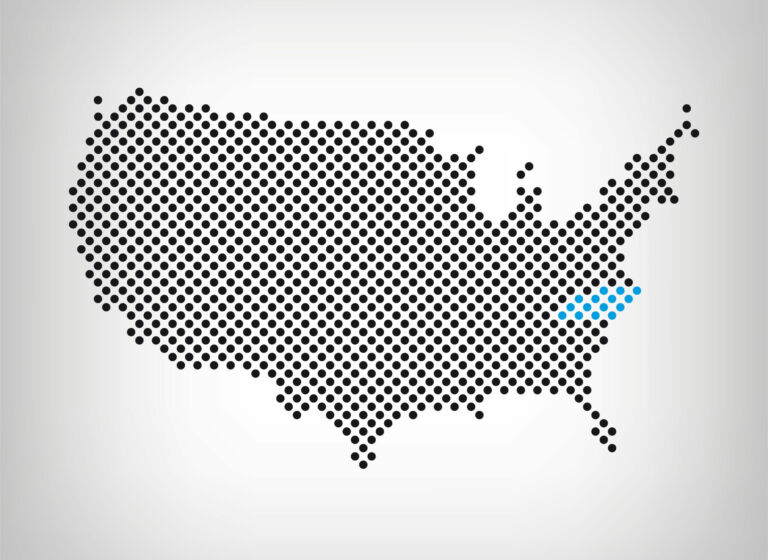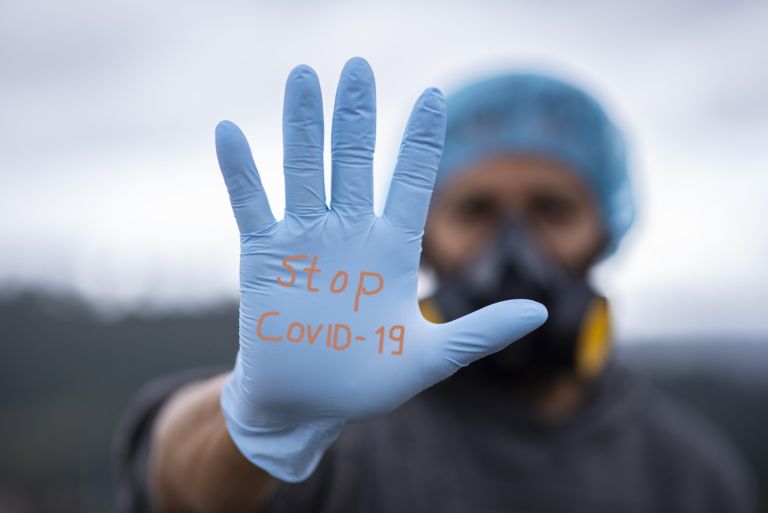Sean Trende of RealClearPolitics.com poses an important question to those who advocate rebranding of the Republican Party: “What if party makeovers had a poor track record?”
In the aftermath of the ’32 blowout (when Democrats gained almost 100 seats) and the affirmation of the New Deal in the 1934 midterms (they gained another nine seats), Republicans decided they needed to change.* In 1936, they nominated a governor from the progressive wing of the party, Alf Landon of Kansas (pictured). Landon had actually broken from the party and supported Teddy Roosevelt’s Bull Moose run in 1912, and represented an attempt by Republicans to re-energize the party’s strength in the progressive West.
The result was an even worse loss than it suffered in 1932 with the more conservative Herbert Hoover. Notwithstanding Landon’s support for organized labor and large portions of the New Deal, he won just eight electoral votes. Republicans were reduced to 88 House seats, 16 Senate seats, five governorships, and control of 21 state chambers (out of 92). Republicans stuck with the model, though. In 1940, they nominated a former Democrat (Wendell Willkie) who supported large portions of the New Deal. Likewise, Tom Dewey was a cautious centrist, whose campaign (twice) focused on his ability to manage the New Deal better than Democrats.
When Republicans did win, in 1952, there was no makeover. Conservatives had argued for one, and backed Ohio Sen. Bob Taft for president, using terms that in many ways foreshadowed today’s anti-establishment Tea Party rhetoric. …
… Other instances of makeovers give little guidance as to what path today’s parties should take. They have won and lost while running toward and away from the center. The Democratic makeover of 1896 ended with the loss of the Northeastern cities; Democrats took control of Congress in 1910 without changing much (the Republicans fell apart); Republicans ran to the right in 1920 and notched the largest popular vote margin (in terms of percentages) in presidential history; Republicans ran hard to the right in 1994 and 2010 to take control of Congress.
At best, makeovers have a loose relationship with party comebacks. If there were a way to reduce the above to numbers, the connection between comebacks and running to the center would probably appear nonexistent.


